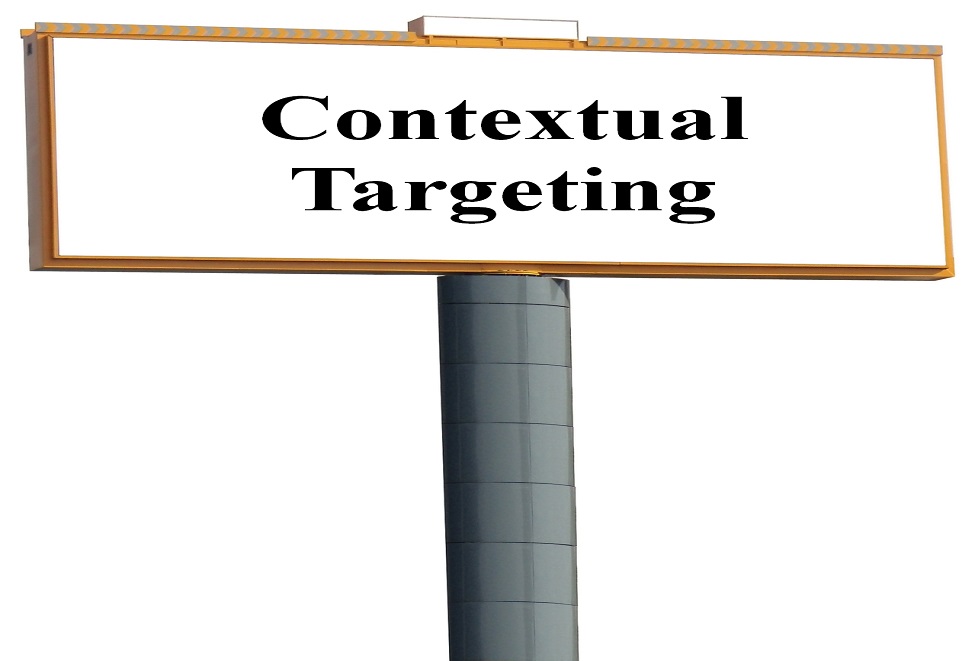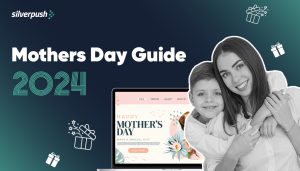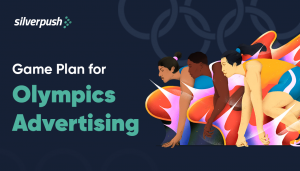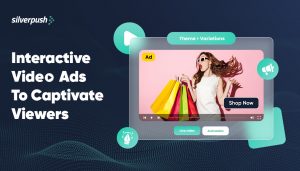Reshaping the Funnel with Contextual Targeting | 28 Jun, 2021

A marketing funnel is the path that leads move on until they turn into customers. This funnel is very important for marketers as it provides them insights on various activities that are required to be undertaken to attract more and more customers.
Marketers always look out for ways to strengthen their marketing funnel so that more and more leads can be moved down the funnel. One of the most effective ways to do this is to reshape the marketing funnel by using different types of contextual targeting. This article discusses some of the best contextual targeting types, which include contextual email marketing, sponsored content, and contextual ads.
Contextual Email Marketing Offers a Personalized Experience to Consumers
Contextual email marketing involves sending emails that are personalized and relevant, i.e., delivering the right email to the right people at the right time. Contextual emails are based on customers’ past purchases, local weather, time zones, devices, etc.
For example, if it starts snowing, a contextual email based on local weather will give offers on extreme winter clothing instead of light winter clothing. Similarly, if a person usually purchases electronic items from a shopping website, then contextual emails delivered to him by the website will be mostly on electronic products and not on others.
Consumers get dozens of emails a day. It is obvious that they will not pay heed to every mail in their inbox. If a brand wants its email to stand out among other mails, so that consumers interact with the message and eventually buy the advertised product, it should provide them a personalized experience, which is best achieved through a contextually relevant message.
Sponsored Content Offers a Powerful, Non-Interruptive Way to Promote Products/Services of a Brand
Sponsored content on a website is a content that resembles the surrounding content on the web page, but is paid for by a sponsor. In real sense, sponsored content is an ad that mingles so much with the surrounding content that it seems to be a part of the original content. It is in full harmony with its surroundings unlike an invasive ad.
As sponsored content is contextually relevant to its surrounding content, there are high chances of it being consumed by a website’s visitors. Sponsored content includes different types of content such as articles, videos, podcasts, listicles, infographics, etc. An example of sponsored content is an article on a car brand in an online car magazine.
Sponsored content helps marketers reach potential customers at the top of the funnel. It can include more promotional content for those nearer to the interest stage, or more educational content to portray a brand as a reliable resource.
Contextual Ads help Marketers Drive Massive User Engagement
Contextual ads are ads that are contextually well-aligned with the content that people are currently consuming. As these ads are relevant to what is in the mind of the people at the time when they see the ad, there are high chances of their engagement with the ads such as clicking on the ad or watching it till end if it is a video ad. For example, if a person is watching a tourism video, then he/she is highly likely to engage with an ad of a tour operating company.
Contextual advertising not only helps marketers in achieving top-of-funnel goals, but also in reaching people who are already aware of the brand and its products or are looking to buy a similar product from some other brand. Through contextual ad targeting, marketers can connect more meaningfully with consumers and drive them down the funnel.
For a successful funnel marketing strategy, marketers should use the right mix of the above-mentioned contextual targeting types. It will help them pull more and more leads from the top of the funnel to the bottom, converting them into customers.

BLOGS
Crafting a Winning Mother’s Day Advertising Strategy for 2024: Insights and Trends
As we approach Mother’s Day 2024, brands must prepare to adapt to changing consumer needs and preferences. Considering the current market dynamics and consumer behavior, it's crucial to develop a successful Mother’s Day campaign that extends beyond the day itself. Here's a detailed roadmap to navigating the Mother’s Day market, ...

BLOGS
Win Gold for Summer Olympics 2024 with AI-Powered Video Ads
The Paris Olympic Games 2024 is not merely a gathering of the world’s finest athletes, but it’s a testament to unity, diversity, and the pinnacle of human excellence. The grand spectacle sparks surges in consumer engagement and purchase intent worldwide. Whether you operate shoe boutiques in Ohio, bicycle repair shops ...

BLOGS
Interactive Video Ads: Turn Passive Viewers to Active Participants
Interactive video ads signify a revolutionary change in digital advertising, turning passive spectators into dynamic participants. Through the smooth integration of interactive elements such as touchpoints, quizzes, and clickable features, these ads present an unparalleled avenue for brands to connect with their audience. Viewers are no longer just observers but ...











